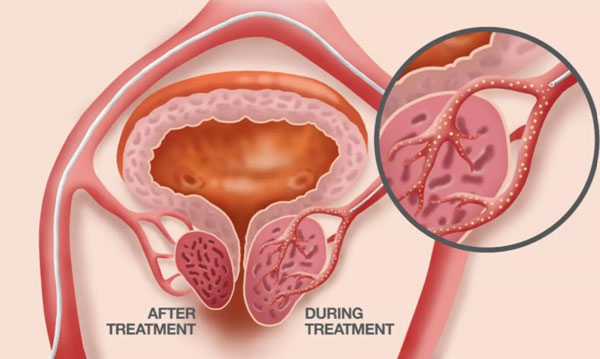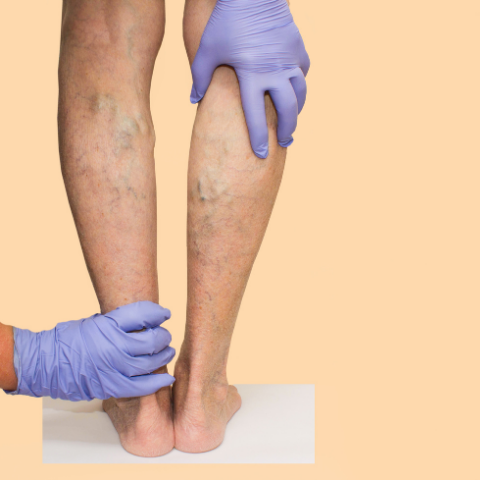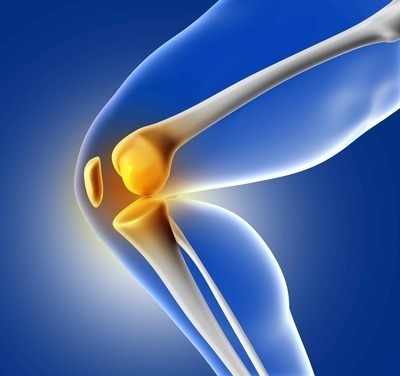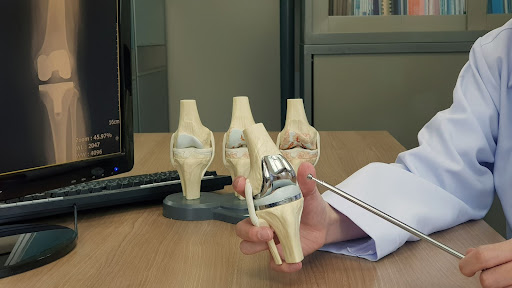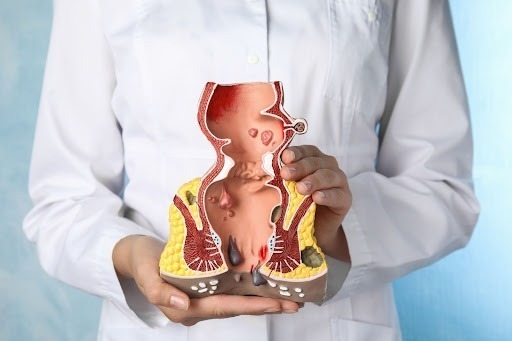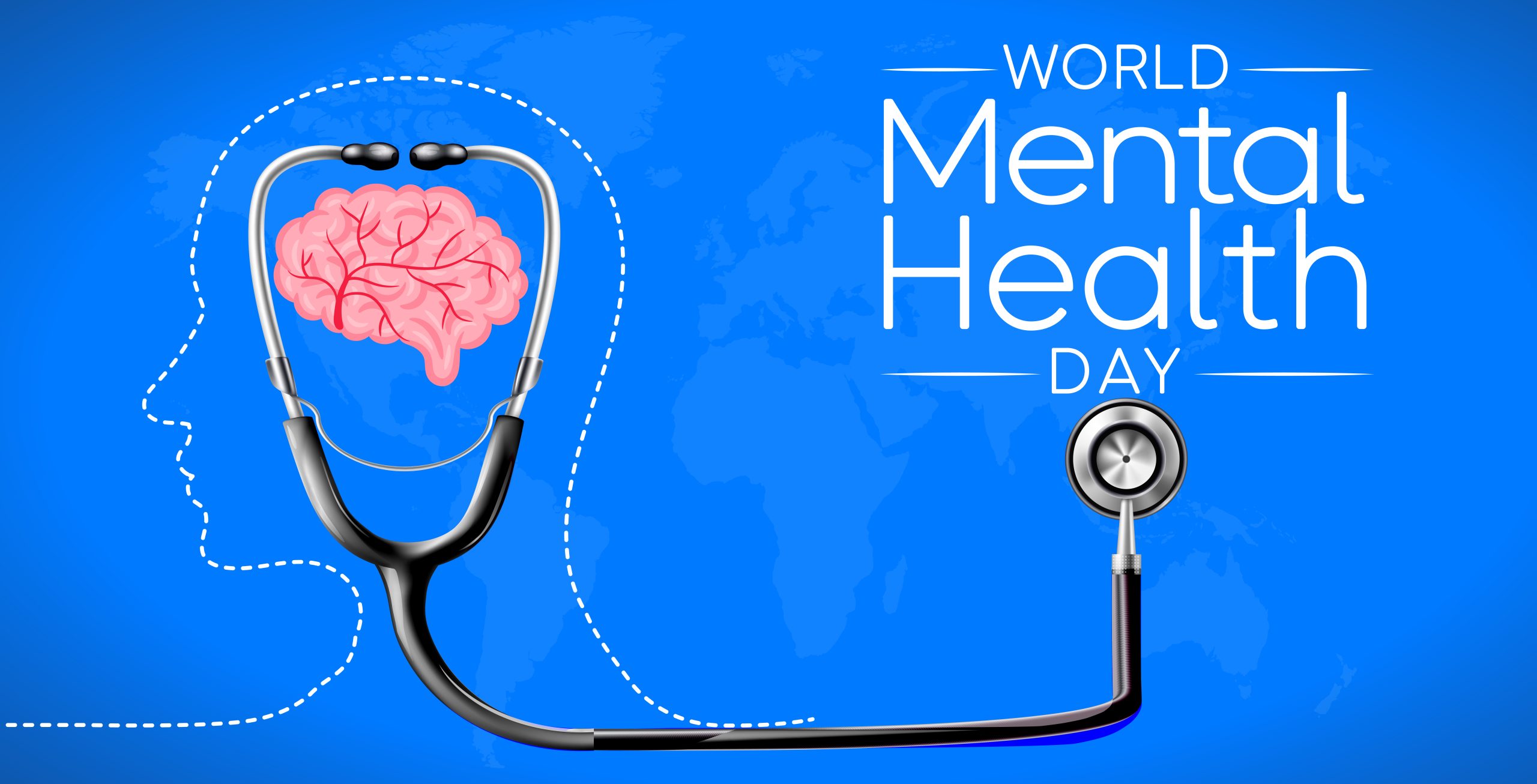Circumcision / Urology
Exploring the Different Types of Circumcision: Methods and Considerations

by admin
29th August 2023
5 minutes read
Circumcision is a surgical procedure that involves the removal of the foreskin, a fold of skin that covers the tip of the penis. The procedure is often performed for cultural, religious, medical, or personal reasons. It’s one of the oldest and most common surgical procedures worldwide.
Circumcision is often performed for various reasons:
1.Cultural and Religious: Circumcision holds cultural or religious significance for many communities, such as Jews and Muslims.
2.Hygiene: Some believe that circumcision can make it easier to maintain genital hygiene.
3.Medical Reasons: In some cases, circumcision might be recommended to treat conditions like phimosis (tight foreskin) or recurrent infections.
4.Preventive Health: Studies suggest that circumcision might have potential health benefits, including reduced risk of certain infections and sexually transmitted diseases.
Circumcision is a personal decision and should be discussed with a medical professional. The procedure is typically performed on newborns or infants, but it can also be done on older children and adults. It’s important to choose a qualified and experienced healthcare provider and carefully consider the potential benefits and risks before making a decision.
Comparison: Types of Circumcision
Here’s a comparison of open circumcision, stapler circumcision, and laser circumcision:
| Aspect | Open Circumcision | Stapler Circumcision | Laser Circumcision |
| Procedure | A vertical incision is made to remove the foreskin, followed by suturing. | A specialized medical stapler is used to remove the foreskin and simultaneously close the wound with staples. | A laser is used to make precise incisions and remove the foreskin, with reduced bleeding due to cauterization. |
| Recovery Time | Healing typically takes around 7-10 days. | Healing time is often shorter than open circumcision. | Healing time might be shorter due to reduced bleeding and cauterization. |
| Scarring | Results in a linear scar along the incision site. | Scarring might be less noticeable due to stapling technique. | Scarring might be minimal due to precise laser incisions. |
| Pain and Discomfort | Some postoperative pain and discomfort expected. | Reduced postoperative pain and discomfort. | Potentially less postoperative pain due to reduced bleeding and tissue trauma. |
| Suture Removal | Sutures need to be removed after a certain period. | No need for suture removal as staples are used. | No sutures are involved, so no removal is needed. |
| Suitability | Suitable for various ages, including infants. | Generally suitable for children and adults. | Suitable for various ages, including infants. |
| Cost | The cost of open circumcision in India might range from ₹5,000 to ₹20,000 or more. | The cost of stapler circumcision in India might range from ₹10,000 to ₹30,000 or more. | The cost of laser circumcision in India might range from ₹15,000 to ₹40,000 or more. |
Recovery From Circumcision
Recovery from circumcision can vary based on the circumcision method used and individual healing rates. Here’s a general overview of what to expect during the recovery period:

Immediate Post-Procedure:
After circumcision, the penis will likely be covered with a sterile dressing to protect the surgical site. There might be some discomfort, swelling, and possibly mild pain. Pain can be managed with prescribed or over-the-counter pain medications.
Healing and Swelling:
Swelling is common in the days following circumcision. Keeping the area clean and following the doctor’s instructions can help manage swelling and prevent infection.
Dressing Changes:
Your healthcare provider will provide instructions for when and how to change the dressing, clean the area, and apply any necessary ointments. Proper hygiene is crucial to prevent infection.
Physical Activity:
It’s advisable to avoid strenuous physical activity, heavy lifting, and sexual activity for several weeks to allow proper healing. This can help prevent complications and promote quicker recovery.
Pain Management:
Over-the-counter pain relievers or prescription pain medications, if provided by the doctor, can help manage any discomfort during the recovery period.
Follow-Up Appointments:
You will likely have a follow-up appointment with your healthcare provider to ensure proper healing and address any concerns.
Healing Time:
Healing times vary, but most people can expect the initial healing process to take around 1-2 weeks. Complete healing, including the resolution of swelling and scar tissue, may take a few weeks to a couple of months.
Stitches:
If stitches were used, they will typically dissolve on their own within a few weeks. If non-absorbable stitches were used, the doctor will remove them during a follow-up appointment.
Complications:
While rare, complications like infection, excessive bleeding, or delayed healing can occur. It’s important to follow your healthcare provider’s post-operative care instructions to minimize these risks.
It’s crucial to closely follow the post-operative instructions provided by your healthcare provider. If you experience severe pain, excessive bleeding, signs of infection (such as increased redness, swelling, warmth, or discharge), or have any concerns during the recovery period, contact your doctor immediately.
Conclusion:
In conclusion, circumcision is a surgical procedure involving the removal of the foreskin from the tip of the penis. This practice has cultural, religious, medical, and personal significance for various communities and individuals. Circumcision can be performed using different techniques such as conventional, plastibell, stapler, and laser methods, each with its own advantages and considerations. While cultural and religious beliefs often drive this decision, some opt for circumcision due to hygiene, medical conditions, or potential health benefits. However, the decision to undergo circumcision should be well-informed and discussed with a qualified healthcare professional. Regardless of the reasons, ensuring the procedure is conducted by a skilled medical practitioner in a sterile environment is essential for a safe and successful outcome.
FAQ’s
Circumcision can be performed on newborns, infants, children, and adults. The timing varies based on cultural, religious, and personal preferences.
When performed by a skilled healthcare professional in a sterile environment, circumcision is generally safe. However, as with any surgery, there are potential risks and complications.
Studies suggest potential health benefits like reduced risk of urinary tract infections, certain sexually transmitted infections, and penile cancer. However, the benefits must be balanced with individual considerations.
Circumcision holds cultural and religious significance for various communities, including Jews and Muslims. It’s an important ritual in many traditions.
CATEGORIES
- ACL Reconstruction
- Anal Fissures
- Anal Fistula
- Appendicitis
- ASK A DOCTOR
- Benign Prostatic Hyperplasia
- Breast Lump Excision
- Cataract
- Circumcision
- Conditions & Diseases
- Cosmetology
- Covid-19
- Cure
- Endocrinology
- ENGLISH VIDEOS
- Eye Care
- Gallstones
- General Surgeries
- Government Schemes
- Gynaecology
- Gynecomastia
- Health
- Health Insurance
- Hernia
- Hindi
- Hip Arthoscopy
- Hip Replacement
- Hip Replacement Surgery
- Hydrocele
- Kannada
- Kidney Stones
- Knee Arthroscopic
- Laparoscopic
- LASER
- Latest Treatments
- Lifestyle
- Liposuction
- Medfin Stories
- Medicine
- Nephrology
- Ophthalmology
- Orthopaedic
- Paraphimosis
- Patient Testimonials
- PCL Reconstruction
- Phimosis
- Piles (Hemorrhoids)
- Pilonidal Sinus
- Proctology
- Prostate Artery Embolization
- Rhinoplasty
- Second Opinion
- Total Knee Replacement
- Urology
- Uterine Artery Embolization
- Uterine Fibroids
- Varicocele
- Varicose Veins
- Vascular
- VIDEOS
